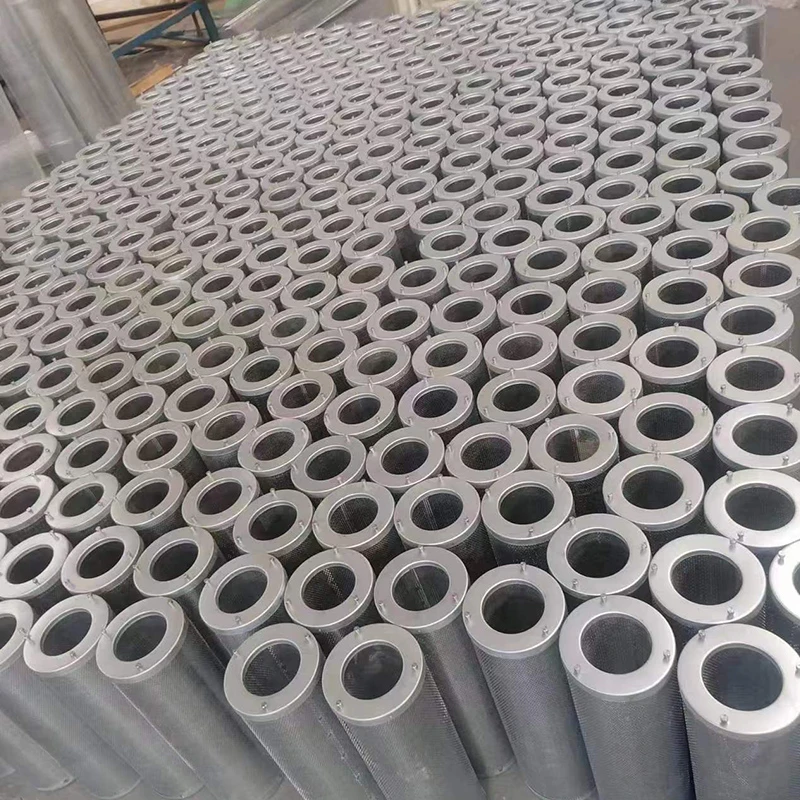 Tel:
+8615930870079
Tel:
+8615930870079
Dic . 04, 2024 02:24 Back to list
Static Control Filter Components for Enhanced Performance and Reliability
Understanding Antistatic Filter Elements A Key Component in Controlling Dust and Electrostatic Discharge
In various industries, especially those that deal with sensitive electronics, pharmaceuticals, and food processing, maintaining a clean and safe environment is paramount. One critical aspect of this cleanliness is the management of particulate matter and controlling electrostatic discharge (ESD). This is where antistatic filter elements become essential.
What are Antistatic Filter Elements?
Antistatic filter elements are specialized filtration systems designed to reduce dust accumulation and mitigate ESD in operational environments. These filters are composed of materials that possess inherent antistatic properties, effectively preventing the building up of static electricity that could potentially harm sensitive equipment or create hazardous conditions.
These filter elements are often used in cleanrooms, laboratories, and manufacturing facilities where even the slightest amount of dust or static electricity can compromise product integrity or lead to dangerous situations, such as explosions in flammable environments.
The Importance of Antistatic Properties
Static electricity is a phenomenon that occurs due to the imbalance of electric charges within or on the surface of a material. This charge can accumulate on non-conductive surfaces, resulting in a discharge that could damage electronic components, disrupt manufacturing processes, or cause fires in environments where flammable substances are present.
Antistatic filter elements are engineered to dissipate these charges safely. By incorporating conductive fibers or coatings, they allow static electricity to be conducted away from the filter surface, minimizing the risk of harmful discharges. This feature is particularly important in industries that handle sensitive electronics, such as semiconductor fabrication, where even micro-level static discharges can lead to significant financial losses.
How Antistatic Filters Work
antistatic filter element

Antistatic filters usually function on a two-tier principle filtration and static dissipation. Firstly, they consist of filter media capable of trapping airborne particles, dust, and other contaminants. These media can vary in composition from synthetic fibers to natural materials, which are carefully selected based on the specific requirements of the application.
Secondly, the antistatic property is achieved through various methods, such as electrostatic finishing or incorporating additives during the manufacturing process. These methods enhance the filter's ability to dissipate static electricity, preventing charge accumulation.
In applications that require stringent cleanliness standards, antistatic filter elements are not only essential in maintaining air quality but also play a crucial role in ensuring operational safety.
Applications of Antistatic Filter Elements
The diverse applications of antistatic filter elements include
1. Electronics Manufacturing To protect sensitive components from static discharge during the assembly process. 2. Pharmaceutical Production To ensure that dust and static do not compromise product integrity or contaminate sterile environments. 3. Food Industry To maintain hygiene standards by preventing dust accumulation while controlling electrostatic charges that could ignite volatile ingredients. 4. Paint and Coating Facilities Where static could lead to uneven applications or contaminations.
Conclusion
The integration of antistatic filter elements in industrial processes is a fundamental step in promoting safety and ensuring the quality of products. These filters not only help maintain clean environments by trapping harmful particulates but also protect sensitive equipment from the dangers posed by static electricity. As industries continue to evolve, the importance of antistatic solutions becomes increasingly vital, ensuring that operational integrity and safety are not compromised.
In a world where cleanliness and safety are non-negotiable, understanding and implementing antistatic filter systems can make a substantial difference in operational success. Whether in electronic manufacturing or pharmaceutical production, these filters are invaluable partners in maintaining the integrity of processes where cleanliness is essential.
-
Nano Fiber Technology: Revolutionizing Cartridge Dust Collector FiltersNewsAug.06,2025
-
How Activated Carbon Air Cartridges Eliminate OdorsNewsAug.06,2025
-
Dust Filter Cartridge Handling Fine Particulate MatterNewsAug.06,2025
-
Cartridge Dust Collector Filter for Welding Fume ExtractionNewsAug.06,2025
-
Activated Carbon Filter Cartridge Effectiveness Against VOCsNewsAug.06,2025
-
Activated Carbon Air Filter Cartridge Benefits ExplainedNewsAug.06,2025

 Email:
Email:





